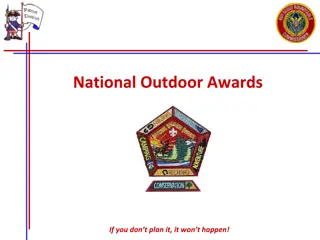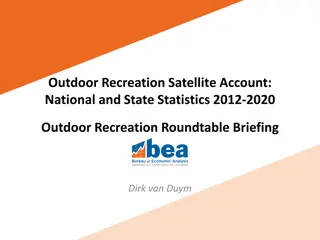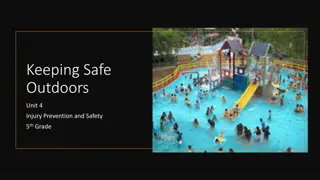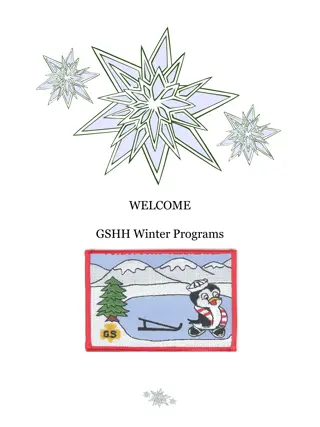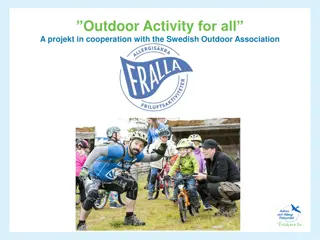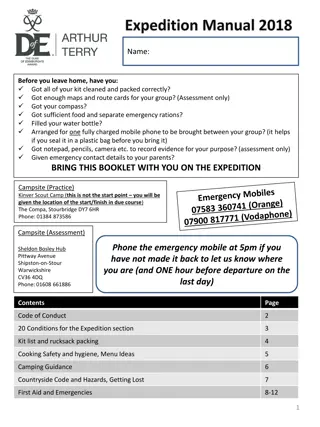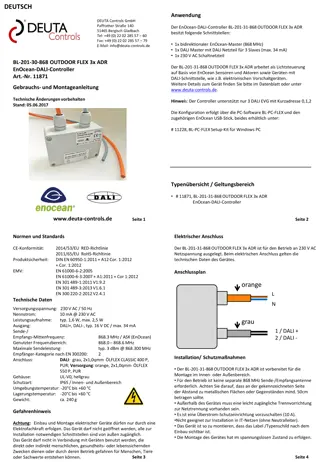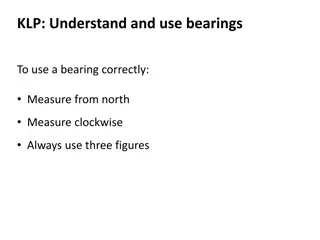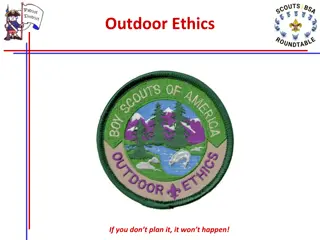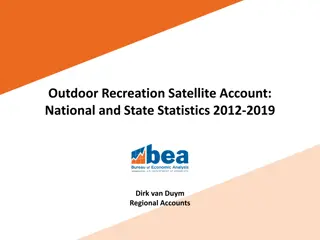Safety Guidelines for Outdoor Adventures
Be cautious of hazards on your journey, such as water crossings, steep terrain, and weather conditions. Wear appropriate gear, assess situations carefully, and know how to respond in emergencies. Prioritize communication and safety measures to ensure a safe outdoor experience.
Uploaded on Jul 20, 2024 | 0 Views
Download Presentation

Please find below an Image/Link to download the presentation.
The content on the website is provided AS IS for your information and personal use only. It may not be sold, licensed, or shared on other websites without obtaining consent from the author. Download presentation by click this link. If you encounter any issues during the download, it is possible that the publisher has removed the file from their server.
E N D
Presentation Transcript
Be aware of hazards on your journey and try to avoid them where possible. Water when crossing water, use a bridge (or stepping stones). Never wade across. If there is no bridge do not cross if the water is deeper than the tops of your boots. Falling down keep away from cliff edges, mines and holes! Roads plan your route to avoid roads as much as possible. If you have to follow a road, single file, on pavement where available or facing traffic. If crossing road, take care and cross promptly.
Trips and Falls Wear decent boots that will give good grip and ankle support. Take care on steep and slippery ground. The Weather Check weather forecast and prepare. Cold and wet then make sure you have warm clothes and waterproofs. Hot & Sunny use sun cream and cover up bare skin. Wear a hat. Farm Animals most will not cause a problem but be aware. (e.g. bulls in a field)
Evaluate the Situation 1. Apply any first Aid needed. 2. Do you need help? 3. Can you keep going but need to let people know what s going on?
Call emergency services on 999 or112. (These services may work even in poor reception) Will need to tell them (so write it down before you call) Number and type of casualties Where you are grid reference Your phone number How to contact your supervisor Always try to contact your supervisor, they are probably closer to you. Texts can be better than leaving voice messages (Listen to this example)
If you have no phone signal you will have to go for help. Decide where you are going and make sure that the rest of the group know. Write down all the important information. Make sure that there are two going. Take enough equipment to make sure you are safe. Don t rush When you have made contact follow the instructions that you are given.
Keep someone with the casualties. Keep checking on each other. Every few minutes blow your whistle (six long blasts). Consider putting your tents up for shelter. Consider making hot drinks When you are settled start writing a log of events.


